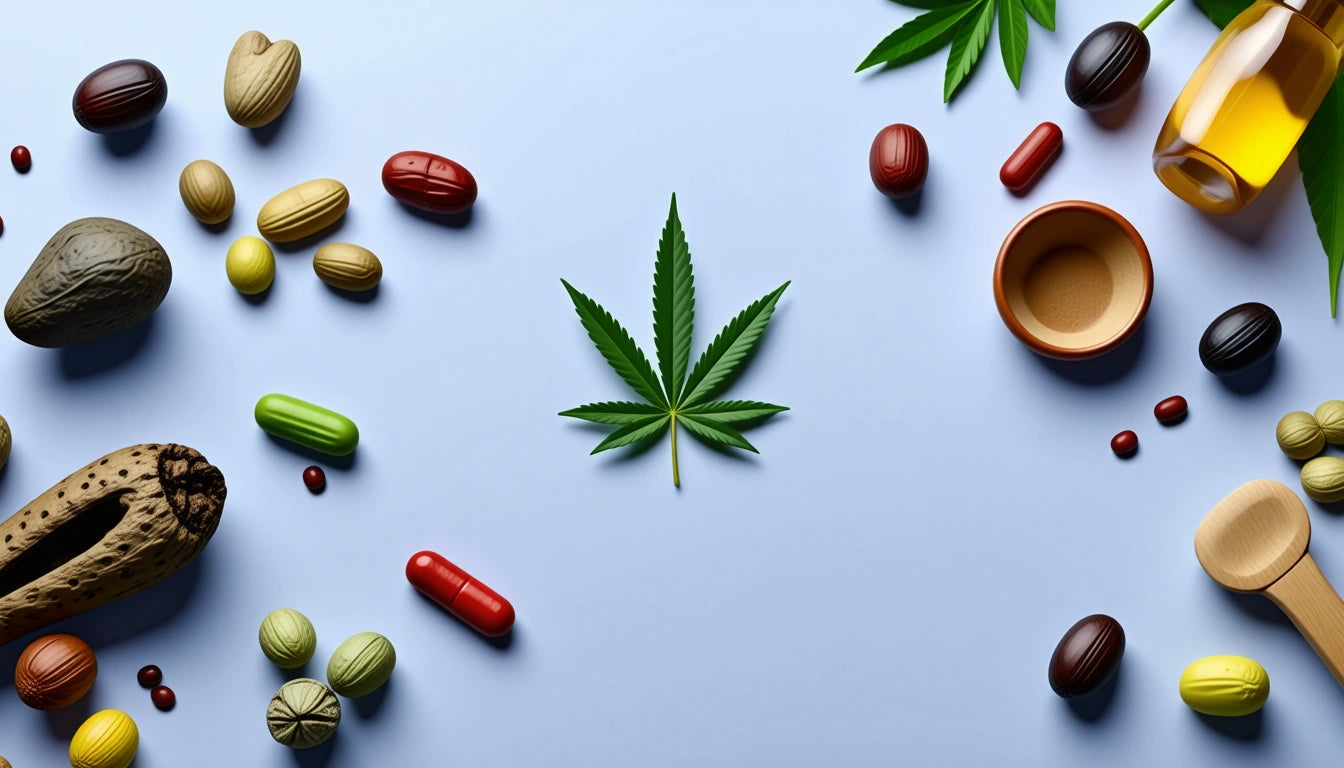Table of Contents
- Understanding Multi-Panel Drug Tests: The Basics
- What is a 9 Panel Drug Test and What Does It Screen For?
- What is a 10 Panel Drug Test and What Substances Does It Detect?
- Comparing 9 vs 10 Panel Drug Tests: Key Differences
- Testing Methods and Procedures for Multi-Panel Drug Screens
- Preparation Recommendations: What to Avoid Before Testing
- Drug Testing Evolution and Modern Applications
Understanding 9-Panel and 10-Panel Drug Tests: What They Test For and How They Differ
Drug testing has become a standard procedure in many employment settings, healthcare facilities, and legal contexts. Among the various screening options available, 9-panel and 10-panel drug tests are comprehensive options that detect a wide range of substances. Understanding what these tests screen for and how they differ can help individuals and organizations make informed decisions about which test is appropriate for their specific needs.
Understanding Multi-Panel Drug Tests: The Basics
Multi-panel drug tests are named according to the number of drug categories they screen for. A comprehensive guide to drug screen panels shows that as the panel number increases, so does the range of substances detected. These tests are typically conducted using urine samples, though blood, hair, and saliva may also be used in certain contexts.
Each "panel" represents a specific drug or drug class that the test is designed to detect. The configuration of panels can vary between testing companies and laboratories, but certain standards have emerged in the industry.
What is a 9 Panel Drug Test and What Does It Screen For?
A 9 panel urine drug test is a comprehensive screening that typically tests for the following substances:
- Marijuana (THC)
- Cocaine
- Amphetamines/Methamphetamines
- Opiates (such as heroin, codeine, morphine)
- Phencyclidine (PCP)
- Benzodiazepines (such as Valium, Xanax)
- Barbiturates
- Methadone
- Propoxyphene or MDMA (Ecstasy) depending on the test configuration
This panel configuration builds upon the standard 5-panel test used by many employers, adding prescription medications that have high potential for abuse. According to resources on drug screen panel differences, the 9-panel test is often used in healthcare settings, particularly for monitoring patients on prescription medications.
What is a 10 Panel Drug Test and What Substances Does It Detect?
What is a 10 panel drug test? It includes all substances in the 9-panel test plus an additional drug category. The standard 10-panel drug test typically screens for:
- Marijuana (THC)
- Cocaine
- Amphetamines/Methamphetamines
- Opiates (such as heroin, codeine, morphine)
- Phencyclidine (PCP)
- Benzodiazepines (such as Valium, Xanax)
- Barbiturates
- Methadone
- Propoxyphene
- MDMA (Ecstasy) or Quaaludes (methaqualone) depending on the specific test
The 10-panel test is one of the most comprehensive standard screenings available and is frequently used in law enforcement, certain safety-sensitive occupations, and substance abuse treatment programs. For those interested in how these tests compare to even more extensive screenings, information on 12, 14, and 15-panel tests is available.
Comparing 9 vs 10 Panel Drug Tests: Key Differences
When comparing a 9 panel drug test vs 10 panel, the primary difference is the addition of one substance category in the 10-panel test. This additional panel is typically either MDMA (Ecstasy) or Quaaludes, depending on the test manufacturer and intended use.
Other differences include:
- Cost: 10-panel tests are generally more expensive due to the additional substance being tested
- Application: 10-panel tests are more common in law enforcement and substance abuse monitoring
- Comprehensiveness: The 10-panel provides a more complete picture of potential substance use
For comparison with other common test types, resources on 6 and 7-panel tests and 7 and 8-panel tests provide additional context on the spectrum of available screenings.
Testing Methods and Procedures for Multi-Panel Drug Screens
How is a 10-panel drug test done? Most commonly, these tests use urine samples, though blood testing may be used in certain clinical or legal contexts. The testing procedure typically involves:
- Collection of a urine sample under supervised conditions
- Initial immunoassay screening that provides rapid results
- Confirmation testing using gas chromatography/mass spectrometry (GC/MS) for any positive results
- Review by a Medical Review Officer (MRO) who can interpret results in light of legitimate prescriptions
It's worth noting that proper storage conditions are essential for accurate test results. Just as humidity control packs help preserve cannabis potency, temperature and environmental controls are crucial for maintaining sample integrity in drug testing environments.
Preparation Recommendations: What to Avoid Before Testing
What should I avoid before a 10-panel drug test? Several factors can influence test results:
- Medications: Certain over-the-counter and prescription medications can trigger false positives
- Foods: Some foods containing poppy seeds can trigger positive results for opiates
- Supplements: Certain herbal supplements and vitamins may affect test results
- Hydration: Being overly hydrated or dehydrated can impact test validity
It's recommended to disclose all medications and supplements to the testing administrator or Medical Review Officer before the test. This allows for proper interpretation of results in light of legitimate medication use.
Drug Testing Evolution and Modern Applications
Drug testing continues to evolve with changing substance use patterns and regulatory requirements. While 5-panel tests remain the federal standard for many workplace testing programs, more comprehensive panels like the 9 and 10-panel tests are increasingly common in specialized settings.
Modern applications include:
- Pre-employment screening in safety-sensitive industries
- Monitoring patients in pain management programs
- Substance abuse treatment compliance
- Probation and parole monitoring
- Post-accident investigations in workplaces
The choice between a 9-panel and 10-panel test ultimately depends on the specific substances of concern and the context of the testing program. For many applications, the additional substance detected in the 10-panel test may provide valuable information that justifies the increased cost.
Understanding what these tests screen for helps individuals and organizations make informed decisions about which type of drug test best meets their specific needs and compliance requirements.











Leave a comment
All comments are moderated before being published.
This site is protected by hCaptcha and the hCaptcha Privacy Policy and Terms of Service apply.